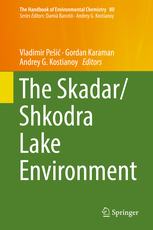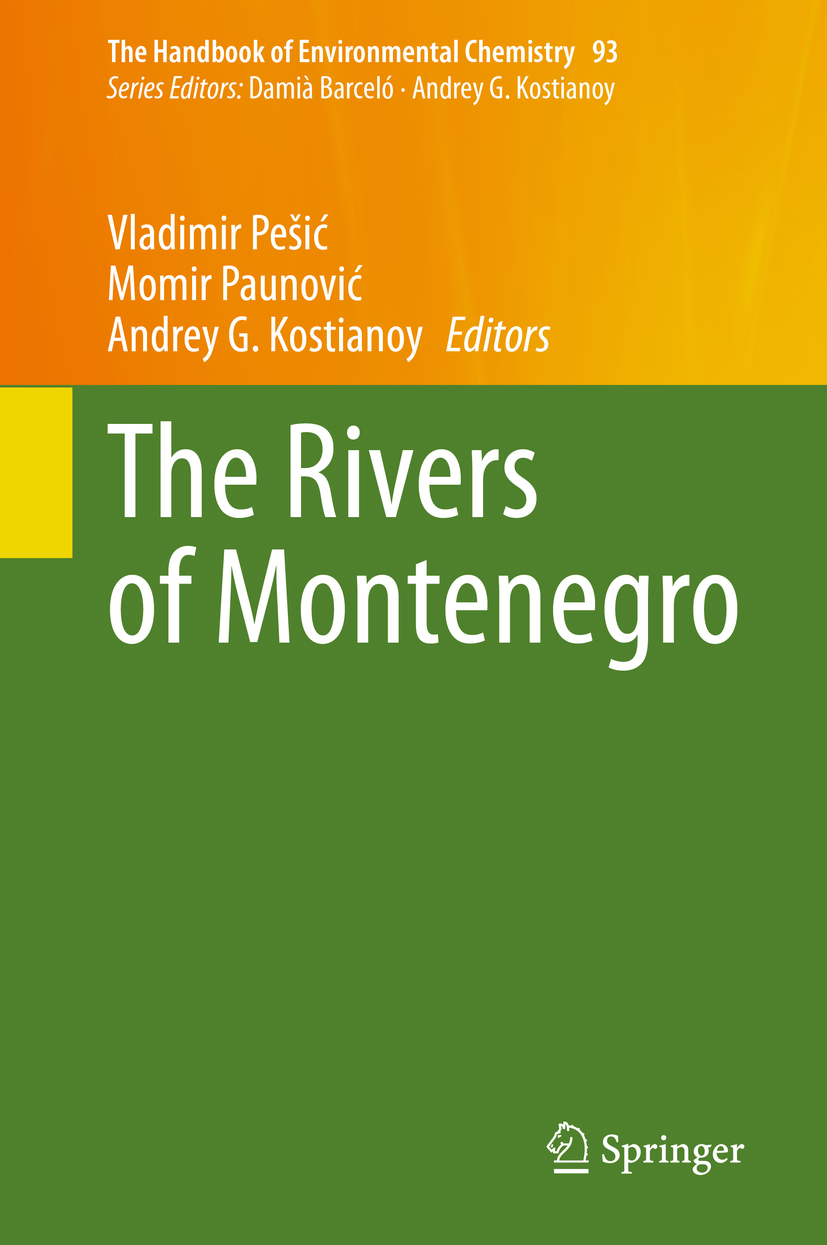Pešić, V., Karaman G., Kostianoy, A. (2018) (Eds.) Lake Skadar/Shkodra Environment. The Handbook of Environmental Chemistry, vol 80. Springer Nature, Cham 508 pp. ISBN 978-3-319-99249-5. DOI 10.1007/978-3-319-99250-1

This book reviews the unique ecosystem of the Lake Skadar/Shkodra and its basin, and discusses the latest advances made in this region to face the impact of climate change. Divided into 23 chapters, the book gathers leading expertise from various scientific and engineering communities and provides readers with extensive discussions of core issues, including the water and sediment chemistry of Lake Skadar/Shkodra and the metal pollution that is evident in plants, aquatic invertebrates and fish. Readers will discover how a sustainable science-based management approach can be applied to the Lake Skadar/Shkodra region, and will learn about the environment prospects for the region. This book is intended as an essential tool for all scientists interested in the Lake Skadar/Shkodra environment – in particular those investigating the interactions between land and water, between limnology and biota, and between natural and cultural resources.
Pešić, V., Paunović, M. & Kostianoy, A. (2020) (Eds) The Rivers of Montenegro. The Handbook of Environmental Chemistry, vol. 93. Springer Nature, Cham. ISBN: 978-3-030-55711-9. DOI : 10.1007/978-3-030-55712-6









